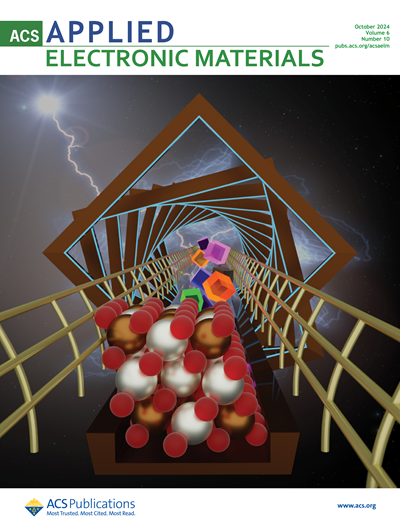Comparison of Gas Signature and Void Fraction in Water- and Oil-Based Muds Using Fiber-Optic Distributed Acoustic Sensor, Distributed Temperature Sensor, and Distributed Strain Sensor
IF 4.3
3区 材料科学
Q1 ENGINEERING, ELECTRICAL & ELECTRONIC
引用次数: 0
Abstract
Accurate estimation and prediction of gas rise velocity, length of the gas influx region, and void fraction are important for optimal gas kick removal, riser gas management, and well control planning. These parameters are also essential in monitoring and characterization of multiphase flow. However, gas dynamics in non-Newtonian fluids, such as drilling mud, which is essential for gas influx control, are poorly understood due to the inability to create full-scale annular flow conditions that approximate the conditions observed in the field. This results in a lack of understanding and poor prediction of gas kick behavior in the field. To bridge this gap, we use distributed fiber-optic sensors (DFOS) for real-time estimation of gas rise velocity, void fraction, and influx length in water and oil-based mud (OBM) at the well scale. DFOS can overcome a major limitation of downhole gauges and logging tools by enabling the in-situ monitoring of dynamic events simultaneously across the entire wellbore. This study is the first well-scale deployment of distributed acoustic sensor (DAS), distributed temperature sensor (DTS), and distributed strain sensor (DSS) for investigation of gas behavior in water and OBM. Gas void fraction, migration velocities, and gas influx lengths were analyzed across a 5,163-ft-deep wellbore for multiphase experiments conducted with nitrogen in water and nitrogen in synthetic-based mud, at similar operating conditions. An improved transient drift flux–based numerical model was developed to simulate the experimental processes and understand the gas dynamics in different wellbore fluid environments. The gas velocities, void fractions, and gas influx lengths estimated independently using DAS, DTS, and DSS showed good agreement with the simulation results, as well as the downhole gauge analysis.使用光纤分布式声学传感器、分布式温度传感器和分布式应变传感器比较水基和油基泥浆中的气体特征和空隙率
准确估计和预测气体上升速度、气体流入区域长度和空隙率对于优化气击清除、隔水管气体管理和油井控制规划非常重要。这些参数对于监测和描述多相流也至关重要。然而,由于无法创建与现场观测条件近似的全尺寸环形流动条件,人们对非牛顿流体(如钻井泥浆)中的气体动力学(这对气体流入控制至关重要)了解甚少。这导致对现场气驱行为缺乏了解和预测。为了弥补这一缺陷,我们使用分布式光纤传感器(DFOS)在油井尺度上对水和油基泥浆(OBM)中的气体上升速度、空隙率和流入长度进行实时估算。DFOS 能够在整个井筒内同时对动态事件进行现场监测,从而克服了井下仪表和测井工具的主要局限性。本研究首次在油井规模部署了分布式声学传感器(DAS)、分布式温度传感器(DTS)和分布式应变传感器(DSS),用于研究水和 OBM 中的气体行为。在类似的作业条件下,通过水中含氮和合成泥浆中含氮的多相实验,对 5,163 英尺深井筒内的气体空隙率、迁移速度和气体流入长度进行了分析。为模拟实验过程和了解不同井筒流体环境下的气体动力学,开发了一种改进的基于漂移通量的瞬态数值模型。使用 DAS、DTS 和 DSS 独立估算的气体速度、空隙率和气体流入长度与模拟结果以及井下测量分析结果显示出良好的一致性。
本文章由计算机程序翻译,如有差异,请以英文原文为准。
求助全文
约1分钟内获得全文
求助全文
来源期刊

ACS Applied Electronic Materials
Multiple-
CiteScore
7.20
自引率
4.30%
发文量
567
期刊介绍:
ACS Applied Electronic Materials is an interdisciplinary journal publishing original research covering all aspects of electronic materials. The journal is devoted to reports of new and original experimental and theoretical research of an applied nature that integrate knowledge in the areas of materials science, engineering, optics, physics, and chemistry into important applications of electronic materials. Sample research topics that span the journal's scope are inorganic, organic, ionic and polymeric materials with properties that include conducting, semiconducting, superconducting, insulating, dielectric, magnetic, optoelectronic, piezoelectric, ferroelectric and thermoelectric.
Indexed/Abstracted:
Web of Science SCIE
Scopus
CAS
INSPEC
Portico
 求助内容:
求助内容: 应助结果提醒方式:
应助结果提醒方式:


